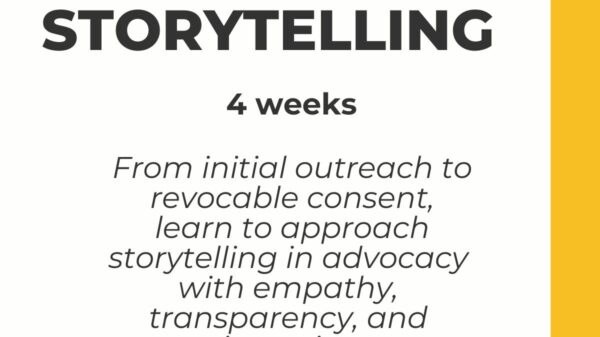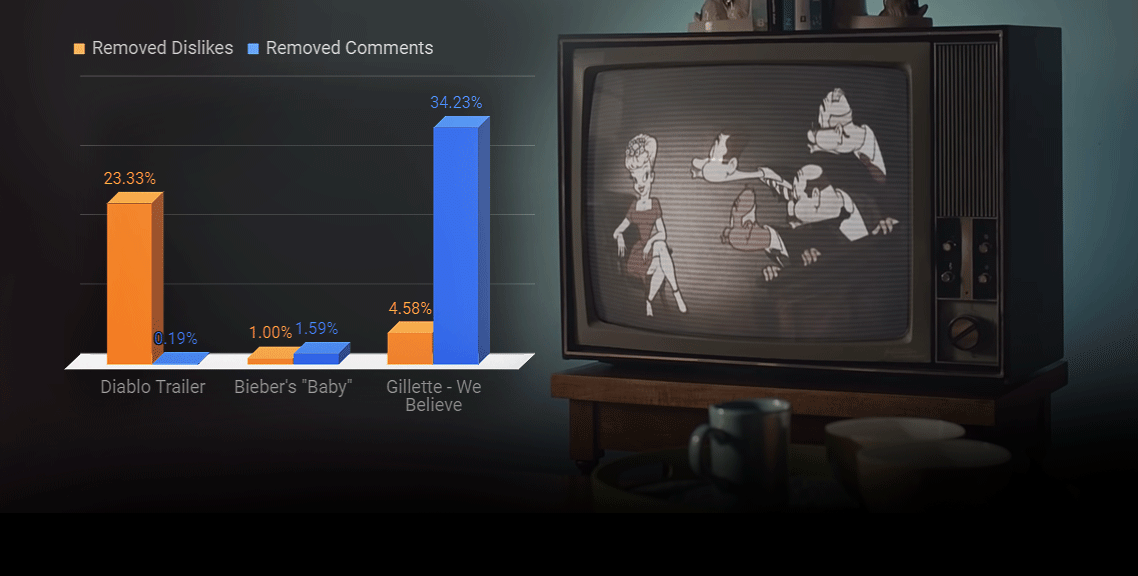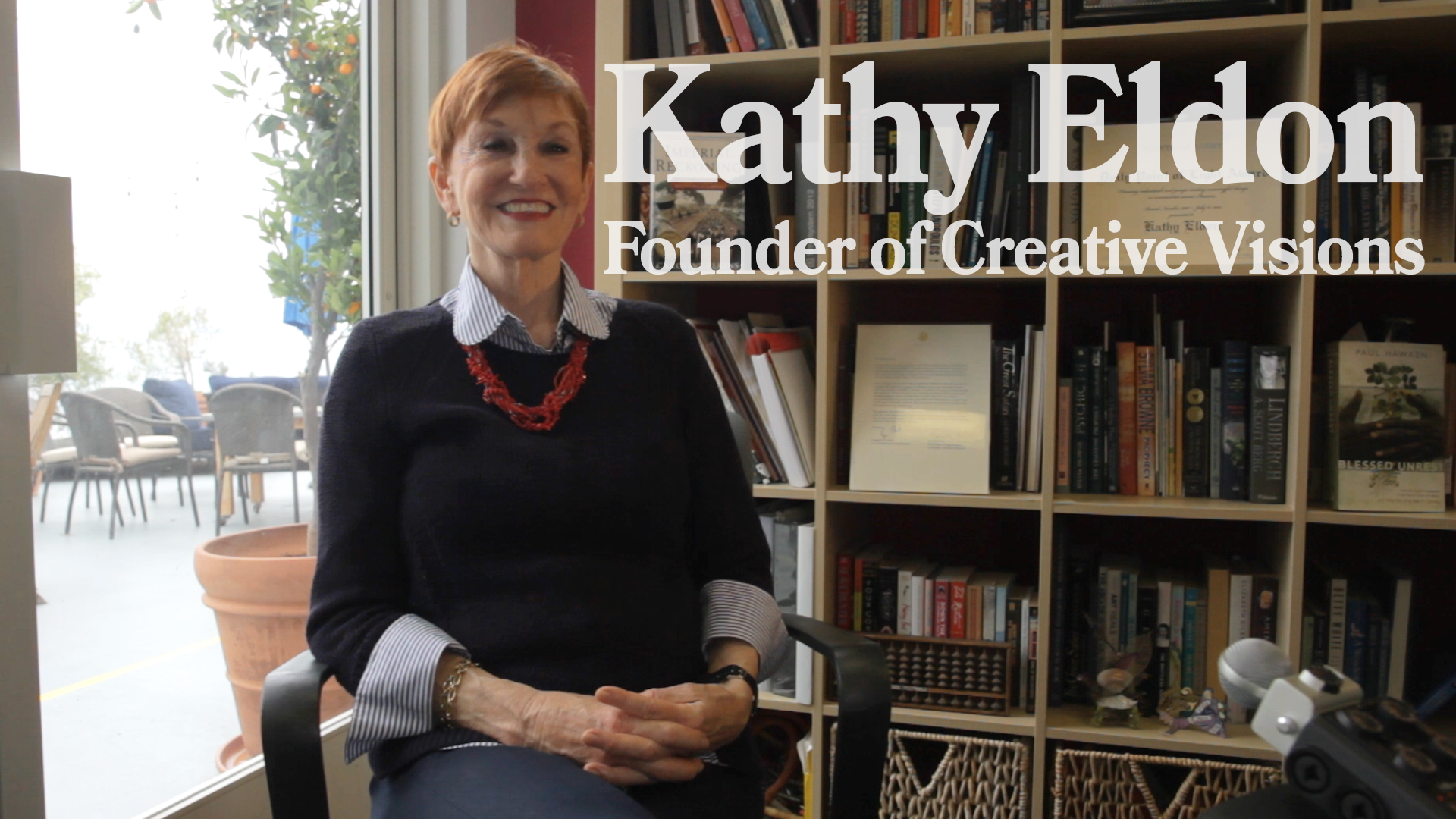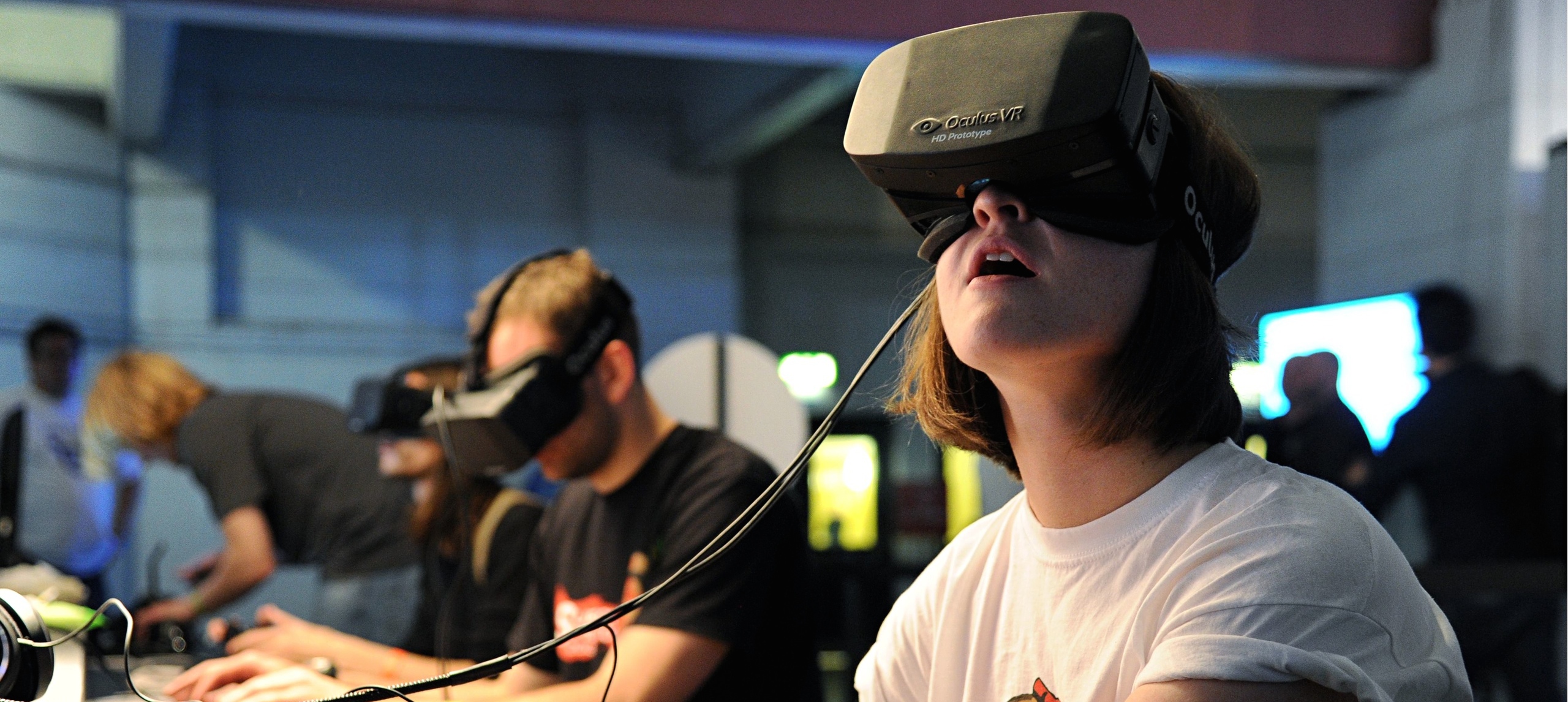Given recent developments, Virtual Reality (VR) is set to be the most explosive industry since the internet. We have finally reached the point technologically where we can put a headset on and be visually transported to another world. The leading Oculus Rift headset is expected to sell between 2-10 million units its first year of sales. Many other hardware manufacturers are starting to gear up for a cut of what many are calling “the final platform”. This new platform presents filmmakers with a new entertainment medium, making it the perfect opportunity to shift our culture towards media that matters.
What exactly is VR? Take a look around you right now. Did you notice that as your head turned, your vision updated to whatever is surrounding you? This is a typical occurrence that we take for granted. When we turn our head, the picture that is projected to our brains rapidly updates to display the 3D world around us. VR headsets create the same experience, but instead of showing the physical world around you, place you into a virtually created world. This effect is achieved by having a different screen for each eye, and by changing the displayed images more quickly than we can perceive (at least 60 frames per second). The first wave of consumer VR devices are coming out for less than $400 by the end of 2016 (and possibly 2015).
This VR market will grow rapidly, likely along a similar curve as smartphones. Within 10 years, all computer use above the poverty line will be through VR. Why? With increases in screen resolution and computing power, people 10 years from now will be able to turn their entire vision into a screen of nearly lifelike resolution. That means that instead of working at a desk with three 24 inch monitors, you will be able to don a headset and be transported into an office design of your choosing, with the ability to make as many and as large of monitors as you want. Why buy a 60 inch monitor when you can wear a headset that makes a virtual 60 inch monitor? At this point, the VR novelty factor will be surpassed by practical improvements to quality of life, making VR ubiquitous with computing and media.
So, what does this mean for us, the filmmakers of the future? It means “the next Spielberg” will be making VR content. It also means we have an entirely new medium to explore. But most of all, it means we have an opportunity to create media that improves the world, rather than simply entertains. An opportunity to build a culture of learning, cooperation, and empowerment.
The VR market is currently in what can be called a “blue ocean” phase. Success is dependent on a unique product offering rather than the ability to outsell competitors. There is often more cooperation than competition, as few companies are willing to take the risk of an unproven space. However, as significant money starts being made, competition quickly increases, resulting in mature markets becoming “red oceans” of bloody competition. In these markets, it is usually the biggest and most ruthless companies that survive. What are often known as “gorilla” companies that use their size to overpower the weaker competition.
For example, in the current red ocean action movie industry, having a successful action movie release is dependant upon having a multi-million dollar budget for marketing and refined special effects. A smaller team trying to create an action movie has almost no chance of overpowering the big movie studios. However, a small team can see a level of success equivalent to a big studio by creating a new market with no current competition. When a team does this, it is finding or creating a blue ocean, a space where the small team won’t get overshadowed by economic force. An example of this is the movie Saw, which on a budget of 1.2 million became incredibly successful. The initial Saw movie was unique enough to avoid big-budget competition, combining mystery, horror, and drama for an experience unlike any other. As more studios started to make similar movies, Saw style movie budgets steadily increased.
It is this principle of our economic system that causes all major industries to become oligopolies. This pattern has occurred with soda, personal computers, the early internet, smartphones, and almost every other industry. If market forces continue to dictate this process the same way, I expect the initial VR blue ocean phase to end within 2-3 years of consumer VR release (which will likely occur around Christmas 2015). This means that by 3 years into consumer VR, the most obvious content categories will have become red oceans, with companies at the top retaining a large control of future media content.
However, despite these economic forces, there is beginning to arise a set of social forces that favor collaboration over competition. Currently, the VR community is generally very collaborative, sharing content and ideas freely. If as a content community, the leaders can work more collaboratively, it is possible that the red ocean phase can be less about ruthlessly cutting other companies out of the industry and more about collaboratively building a better industry.
Of course, market forces are difficult to overcome, so I’m not holding my breathe for this outcome. However, there is an alternative that does not fight market forces. If the companies and content creators entering the VR market can recognize that a world with increased learning, cooperation, and empowerment will be better for everyone long term, then whatever creators end up as leaders, our fundamental culture will change. If the norm for VR content creation is an awareness of media’s impact and responsibility, rather than profiteering, we will be well on our way to a better world.
We have an opportunity to create the culture at the forefront of media. An opportunity to bypass the ultraconsumerism, pettiness, and inconsequentiality that plagues much of established companies’ current content. Media IS culture, so by pioneering new media we can shift our culture from greed, ignorance, and disillusionment to one of collaboration, learning, and empowerment.























